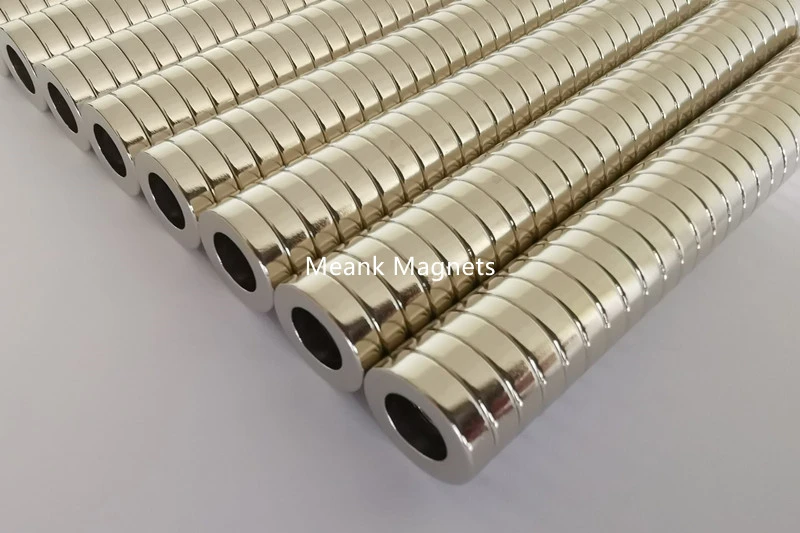Buying magnets can be unclear at times, especially when you know the size but not the grade or when you know the purpose but not the appropriate size. Magnets come in different sizes, shapes, and performance grades. These three key factors can help in choosing the right magnet. Here are three ways to help determine how to choose the right magnet:
1) Size and Shape of Magnets
When it comes to magnets, a larger size does not necessarily mean a stronger magnetic performance. There are many other factors that determine the strength of a magnet, such as its material and thickness, but size and shape still need to be considered.
2) Magnet Grade
Wholesale neodymium magnets usually have performance grades ranging from N28 to N52. The commonly used ones in the industry are N35 and N38. N52 is theoretically the strongest. The higher the grade, the better the magnetic performance.
3) Magnet Material and Application
Magnet types can also differ. Permanent magnets do not need energy as they naturally have a magnetic field, and can be divided into two categories. One type is used for simple adsorption, and thus, the requirements for magnetic performance are not too high. The other type is when the magnet's magnetic field does work, such as in a magnet on a motor, which demands high magnetic performance.
For the machine processing of neodymium magnets, magnet slicers are commonly used to neatly cut the magnets, but the magnets must first be fixed and the size of the slicer needs to be adjusted before cutting.
1) There are three main ways to slice magnets: electrical discharge machining, laser machining, and grinding.
2) In actual applications, the shapes and performance of neodymium magnets vary greatly, such as circular, cylindrical, ring-shaped, circular sink, square, square sink, tile-shaped, trapezoidal, groove-shaped, and irregular shapes. Each magnet block that is cut varies in size, performance, tolerance and magnetization method.
3) It is difficult to make magnets in one single process during the production process, as it requires multiple stages. The general magnet production process consists of producing large-sized blanks, sintering them, melting them, then mechanically processing them (including cutting, drilling, chamfering), surface electroplating treatment, and then performing magnetization treatment. It is best to conduct tests for product size accuracy, surface quality, and salt spray during packaging and transportation.
If you still need help in choosing the right magnet, please feel free to contact Meank. We are happy to provide our magnet expertise to help you make the best decision.

Related Article
Please fill the form to let us know your need. Our sales will get in touch with you ASAP.
Related Products